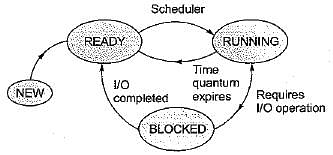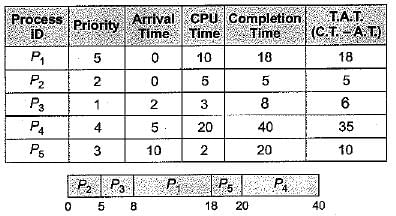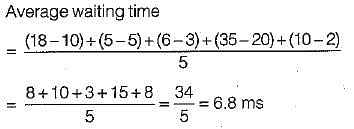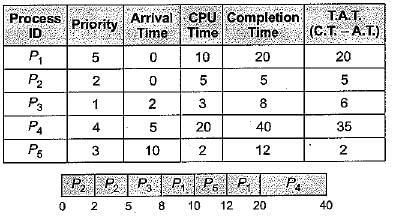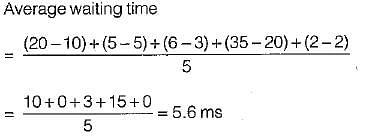Test: Introduction, Process, Threads & CPU Scheduling- 1 - Computer Science Engineering (CSE) MCQ
10 Questions MCQ Test GATE Computer Science Engineering(CSE) 2025 Mock Test Series - Test: Introduction, Process, Threads & CPU Scheduling- 1
Which of the following is an example of a SPOOLED device?
Concurrent processes are processes that
| 1 Crore+ students have signed up on EduRev. Have you? Download the App |
Which of the following are real-time systems?
1. An on-line railway reservation system ,
2. A process control system
3. Aircraft control system
4. Payroll processing system
1. An on-line railway reservation system ,
2. A process control system
3. Aircraft control system
4. Payroll processing system
In a time-sharing operating system, when the time slot given to a process is completed, the process goes from the RUNNING state to the
Which of the following are single-user operating system?
In a multiprogramming environment:
Suppose that a process is in ‘BLOCKED’ state waiting for some I/O service. When the service is completed, it goes to the
Consider a set of 5 processes whose arrival time, CPU time needed and the priority are given below:
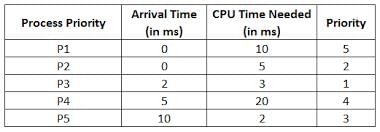
Note: Smaller the number, higher the priority.
If the CPU scheduling policy is FCFS, the average waiting time will be
Consider a set of 5 processes whose arrival time, CPU time needed and the priority are given below:
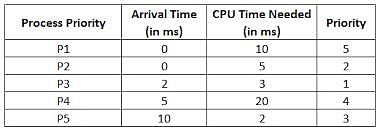
Note: Smaller the number, higher the priority.
If the CPU scheduling policy is SJF, the average waiting time (without pre-emption) will be
Consider a set of 5 processes whose arrival time, CPU time needed and the priority are given below:
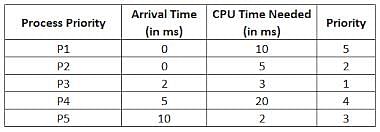
Note: Smaller the number, higher the priority.
If the CPU scheduling policy is SJF with preemption, the average waiting time will be
|
55 docs|215 tests
|
|
55 docs|215 tests
|


